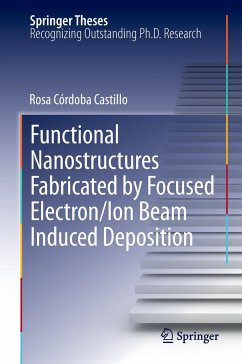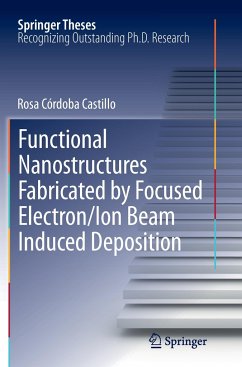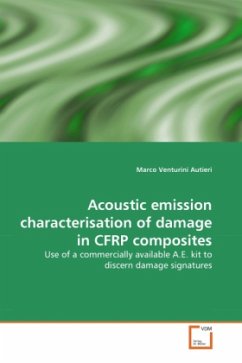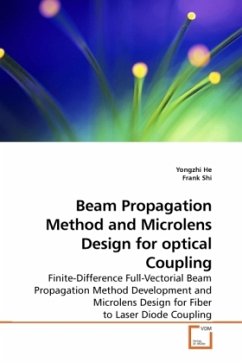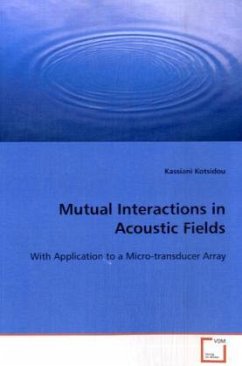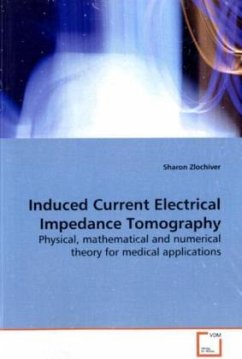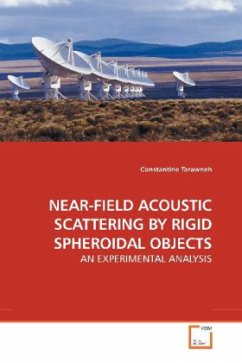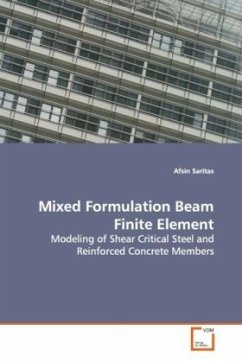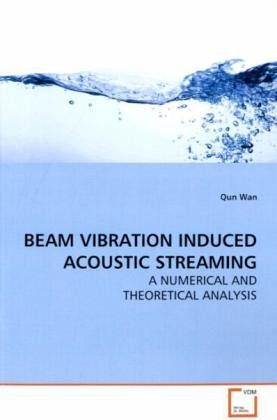
BEAM VIBRATION INDUCED ACOUSTIC STREAMING
A NUMERICAL AND THEORETICAL ANALYSIS
Versandkostenfrei!
Versandfertig in 6-10 Tagen
45,99 €
inkl. MwSt.

PAYBACK Punkte
23 °P sammeln!
The purpose of this research is to investigate thebeam vibration induced acoustic streaming. Analyticalresults show that the beam vibrating in standingwaveforms scatters the acoustic waves into the freespace with a larger attenuation coefficient andlonger propagating traveling wavelength than those ofthe plane wave. In contrast to a constant Reynoldsstress in the plane wave, the Reynolds stressgenerated by such acoustic wave is expected to drivethe free space streaming away from the anti-nodes andtowards nodes of the standing wave vibration. Thesonic and ultrasonic streamings within the channe...
The purpose of this research is to investigate the
beam vibration induced acoustic streaming. Analytical
results show that the beam vibrating in standing
waveforms scatters the acoustic waves into the free
space with a larger attenuation coefficient and
longer propagating traveling wavelength than those of
the plane wave. In contrast to a constant Reynolds
stress in the plane wave, the Reynolds stress
generated by such acoustic wave is expected to drive
the free space streaming away from the anti-nodes and
towards nodes of the standing wave vibration. The
sonic and ultrasonic streamings within the channel
between the vibrating beam and a parallel stationary
beam are also investigated. The sonic streaming is
found to be mainly the boundary layer streaming
dominating the whole channel while the ultrasonic
streaming is clearly composed of two boundary layer
streamings near both beams and a core region
streaming, which is driven by the streaming velocity
at the edge of the boundary layer near the vibrating
beam. The acoustic streaming cooling effect is
analyzed. The hysteresis and driven cavity phenomena
are explored with discovery of interesting
interactions among the primary eddies.
beam vibration induced acoustic streaming. Analytical
results show that the beam vibrating in standing
waveforms scatters the acoustic waves into the free
space with a larger attenuation coefficient and
longer propagating traveling wavelength than those of
the plane wave. In contrast to a constant Reynolds
stress in the plane wave, the Reynolds stress
generated by such acoustic wave is expected to drive
the free space streaming away from the anti-nodes and
towards nodes of the standing wave vibration. The
sonic and ultrasonic streamings within the channel
between the vibrating beam and a parallel stationary
beam are also investigated. The sonic streaming is
found to be mainly the boundary layer streaming
dominating the whole channel while the ultrasonic
streaming is clearly composed of two boundary layer
streamings near both beams and a core region
streaming, which is driven by the streaming velocity
at the edge of the boundary layer near the vibrating
beam. The acoustic streaming cooling effect is
analyzed. The hysteresis and driven cavity phenomena
are explored with discovery of interesting
interactions among the primary eddies.



